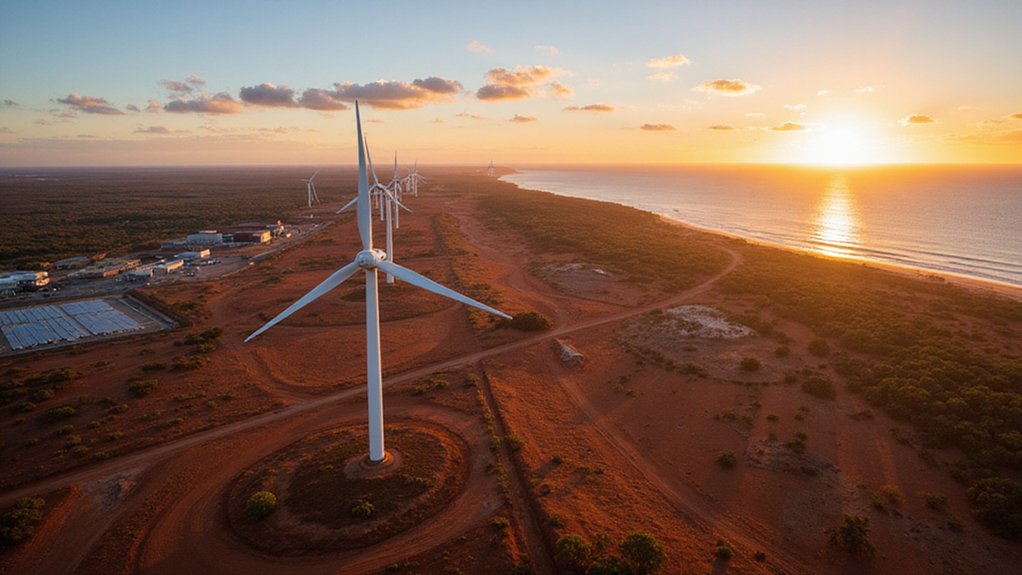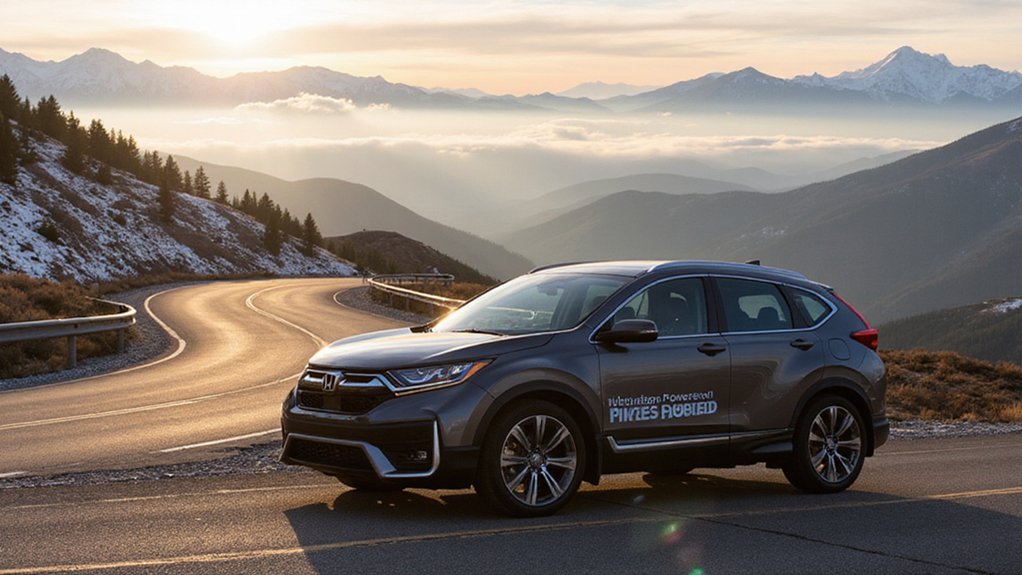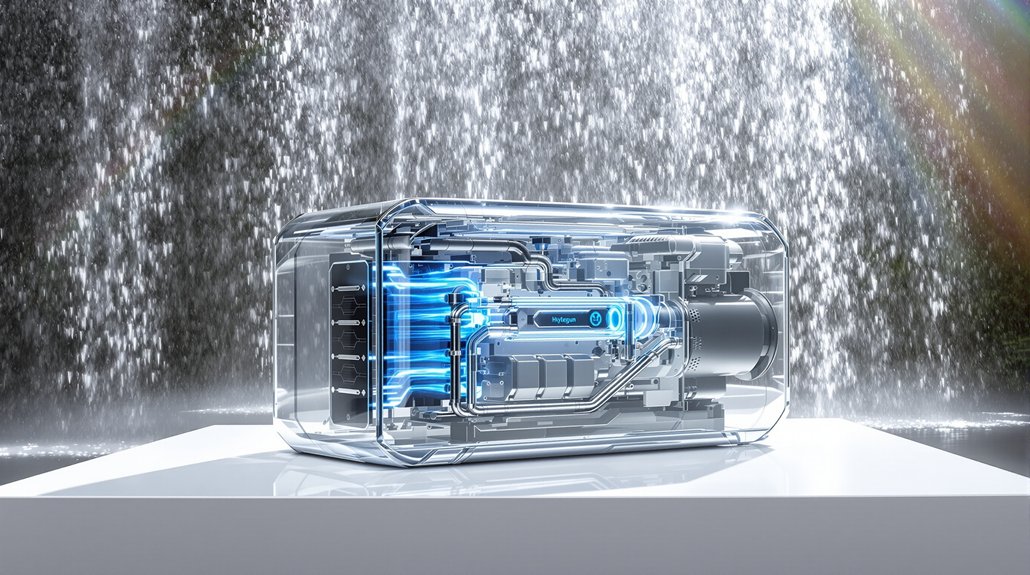While most of Australia debates whether renewable energy is worth the hassle, Western Australia is quietly building what might become the world’s largest green hydrogen operation. The Murchison Green Hydrogen Project sits 20 kilometers north of Kalbarri on what used to be just another cattle station. Now it’s ground zero for a 1,500 MW renewable energy beast.
The numbers are ridiculous. We’re talking 550 wind turbines spinning away, plus 10,000 hectares of solar panels baking under the WA sun. All this hardware will pump out 900,000 tonnes of green ammonia every year. That’s enough to make fossil fuel ammonia producers nervous, considering it’ll offset nearly half of Australia’s current production.
550 wind turbines and 10,000 hectares of solar pumping out 900,000 tonnes of green ammonia annually
ARENA threw $814 million at this thing through their Hydrogen Headstart program. Smart move, really. They’re paying based on actual production milestones over ten years, not just promises and PowerPoint presentations. The federal and state governments are playing nice together for once, streamlining approvals and infrastructure development.
Construction will create 3,600 jobs. Then 600 people will stick around to run the place. Not bad for a region that usually watches its young people flee to Perth. Local businesses are already rubbing their hands together, knowing what’s coming. The project developers worked with First Nations representatives through a dedicated engagement fund to explore economic opportunities for local communities. This renewable approach ensures minimal land use compared to traditional energy production methods while providing stable employment.
Location matters here. The Mid West cops fewer cyclones than the Pilbara, and it’s closer to Asian markets that actually want this stuff. They’re building a marine export facility 2.5 kilometers offshore to ship green ammonia straight to the EU and Asia. A recent TrHyHub study shows long-distance shipping adds just 9% to total production and delivery costs for ammonia transport from Oakajee to Germany, making this export route economically viable.
The timeline looks aggressive but doable. Environmental approvals kicked off in 2022, with public review coming in 2025. Engineering design starts early 2026, followed by the investment decision and construction launch later that year. If everything goes to plan, production fires up in late 2029.
They’ve thought of everything. Desalination plant for water. On-site hydrogen and ammonia production. Storage facilities that can handle industrial-scale output. It’s thorough planning that makes other renewable projects look like backyard experiments.
Western Australia isn’t waiting for the rest of the country to catch up. They’re building the future now.
References
- https://www.pv-tech.org/western-australias-mid-west-well-placed-for-green-hydrogen-production-and-export/
- https://www.spglobal.com/commodity-insights/en/news-research/latest-news/lng/032025-western-australias-murchison-green-hydrogen-project-secures-funding-to-proceed
- https://solarquarter.com/2025/03/21/was-814m-hydrogen-headstart-largest-green-hydrogen-project-to-boost-renewable-energy/
- https://research.csiro.au/hyresource/murchison-hydrogen-renewables-project/
- https://www.wa.gov.au/government/publications/western-australias-renewable-hydrogen-strategy-2024-2030








